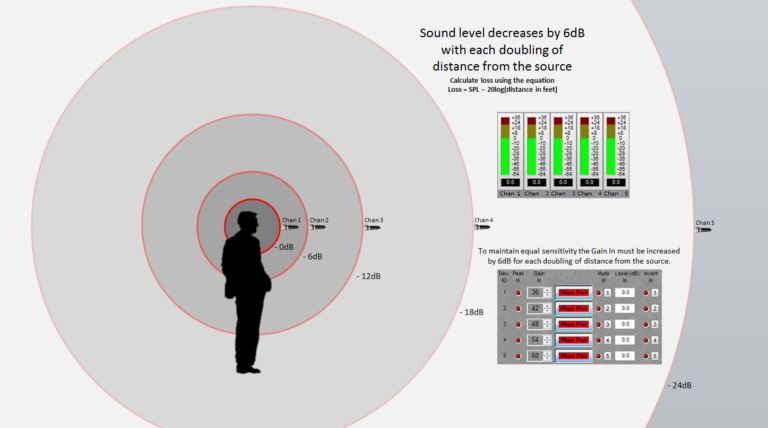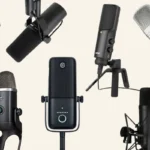Greetings, fellow audio enthusiasts and curious minds! As a seasoned recording engineer and microphone aficionado, I’m thrilled to help you navigate the fascinating world of microphone sensitivity. Understanding what microphone sensitivity is and how it affects your recordings is crucial for making informed decisions when selecting and using microphones in your projects. In this comprehensive guide, we’ll explore the concept of microphone sensitivity, its importance, and how to interpret sensitivity specifications to choose the best microphone for your needs.
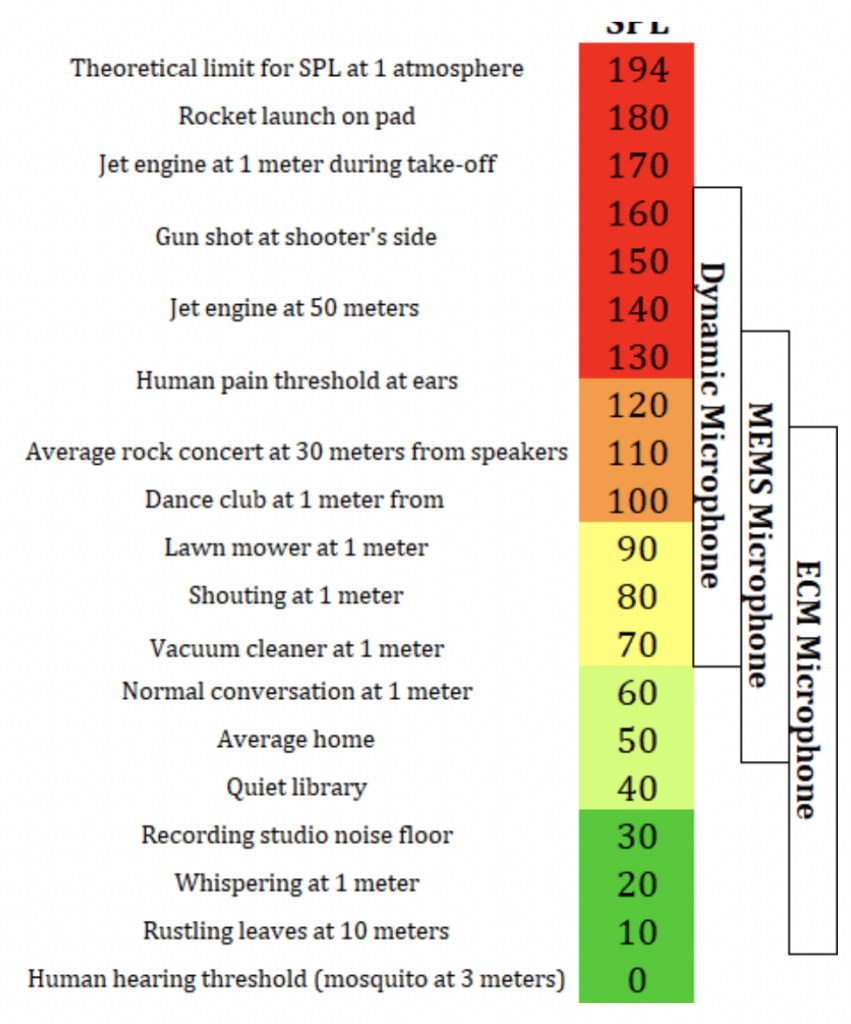
What is Microphone Sensitivity?
Microphone sensitivity refers to how effectively a microphone converts acoustic energy (sound) into electrical energy (audio signal). In other words, it is a measure of how much output a microphone produces for a given sound pressure level (SPL) input.
A microphone with high sensitivity will produce a stronger output signal for a given sound source, while a microphone with low sensitivity will produce a weaker output signal for the same sound source.
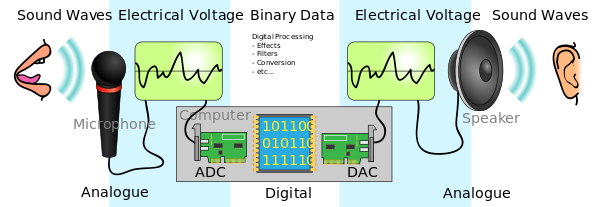
Why is Microphone Sensitivity Important?
Understanding microphone sensitivity is essential for several reasons:
- Gain staging: Knowing a microphone’s sensitivity helps you set appropriate gain levels on your preamp or audio interface, ensuring that you capture a strong, clean signal without clipping or introducing unwanted noise.
- Microphone selection: Choosing a microphone with the right sensitivity for your specific application can help you achieve the desired balance between signal strength and noise floor.
- Recording environment: Sensitivity can influence your microphone choice based on the sound pressure levels of your recording environment. For example, a high-sensitivity mic may be ideal for capturing delicate sounds in a quiet studio, while a lower-sensitivity mic may be better suited for recording loud sources or in noisy environments.
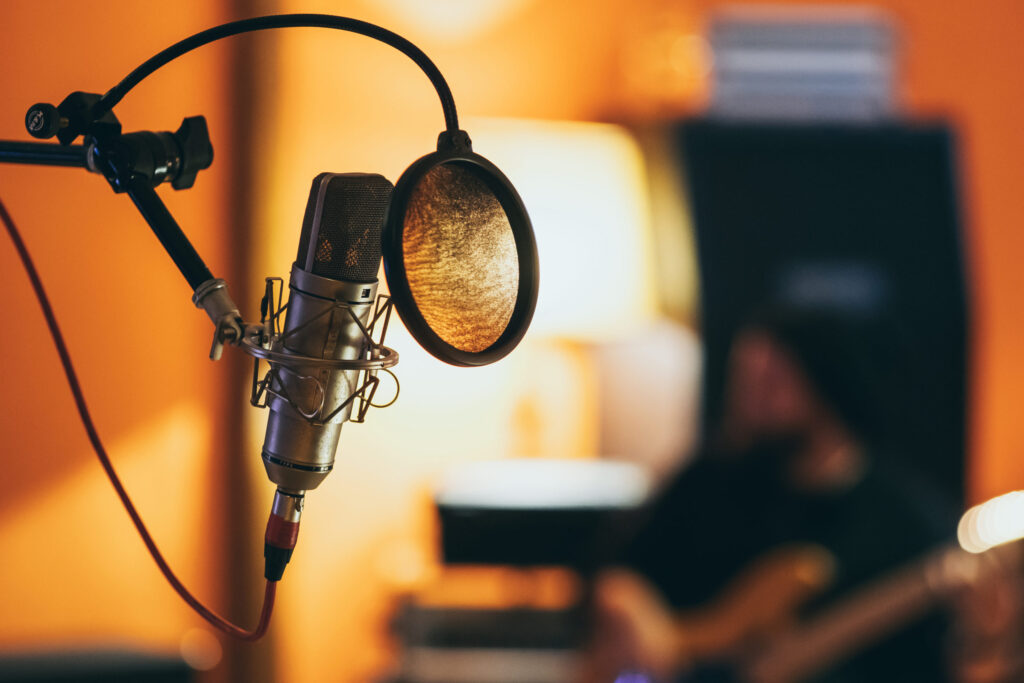
Interpreting Microphone Sensitivity Specifications
Microphone manufacturers typically provide sensitivity specifications in their product documentation. Sensitivity is usually expressed in one of two ways:
- Millivolts per Pascal (mV/Pa): This specification indicates the microphone’s output voltage (in millivolts) for a given sound pressure level (1 Pascal, which is equal to 94 dB SPL).
- Decibels relative to 1 volt per Pascal (dBV/Pa): This specification expresses the microphone’s sensitivity as a decibel level relative to a reference of 1 volt per Pascal. A higher negative dBV/Pa value indicates lower sensitivity.
When comparing microphone sensitivity specifications, keep in mind that a 3 dB difference in sensitivity represents a doubling or halving of the output voltage.
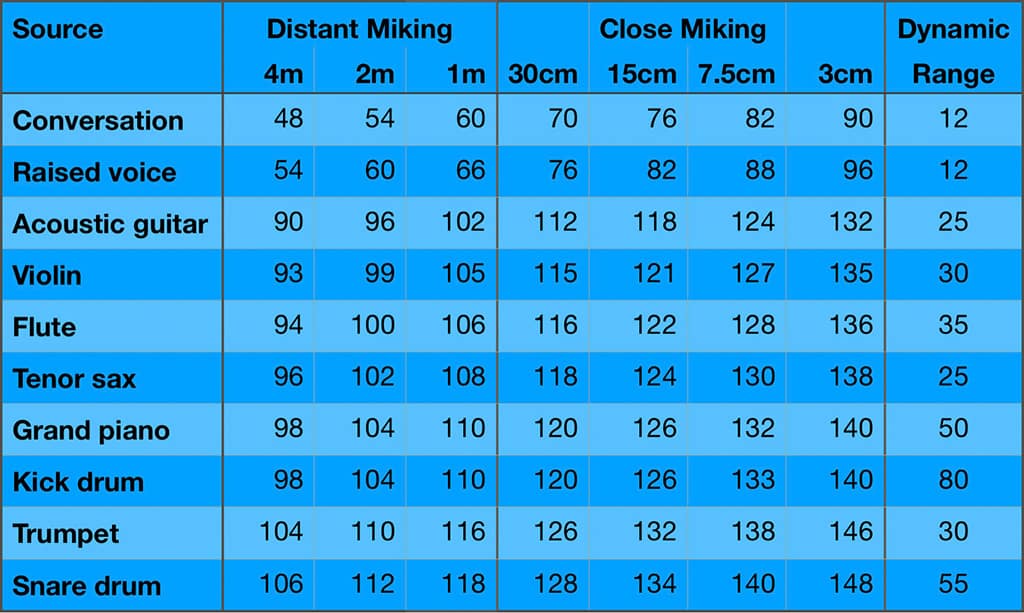
Factors Affecting Microphone Sensitivity
Several factors can influence a microphone’s sensitivity:
- Transducer type: Different microphone transducer types (e.g., condenser, dynamic, ribbon) have varying sensitivity levels due to their design and operating principles.
- Diaphragm size: Generally, larger diaphragms are more sensitive than smaller ones, as they can capture more acoustic energy for a given sound pressure level.
- Polar pattern: A microphone’s polar pattern can affect its sensitivity, with some patterns (e.g., omnidirectional) being more sensitive than others (e.g., figure-8).
- Frequency response: A microphone’s sensitivity may vary across different frequencies, with some mics being more sensitive to certain frequency ranges than others.
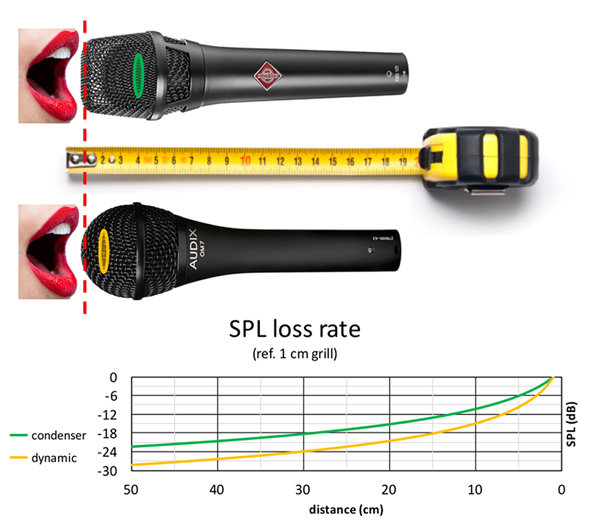
Choosing a Microphone Based on Sensitivity
When selecting a microphone based on its sensitivity, consider the following factors:
- Sound source: Think about the typical sound pressure levels of the sources you’ll be recording. For quiet sources like soft vocals or distant room ambience, a high-sensitivity mic may be ideal. For loud sources like guitar amplifiers or drums, a lower-sensitivity mic may be more appropriate.
- Recording environment: Consider the noise floor of your recording environment. In a quiet studio, a high-sensitivity mic can capture delicate nuances without introducing too much background noise. In a noisy environment, a lower-sensitivity mic may help maintain a cleaner signal.
- Preamp gain: Take into account the gain capabilities of your preamp or audio interface. If you have a high-gain preamp, you may be able to use lower-sensitivity mics without issue. If your preamp has limited gain, a higher-sensitivity mic may be necessary to achieve a strong signal.
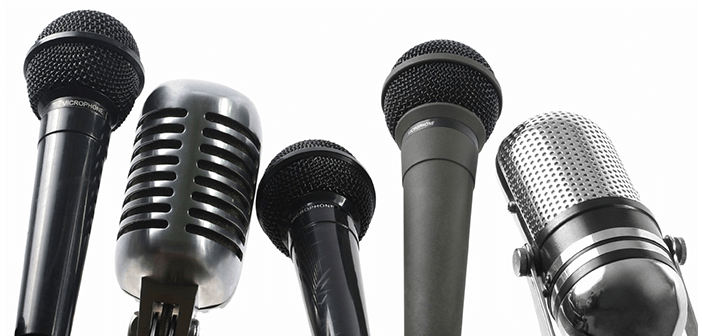
Conclusion
Understanding microphone sensitivity is a crucial skill for any recording engineer or audio enthusiast. By knowing what sensitivity is, how it affects your recordings, and how to interpret sensitivity specifications, you can make informed decisions when selecting and using microphones in your projects.
Remember that while sensitivity is an important factor, it’s not the only consideration when choosing a microphone. Other factors like frequency response, polar pattern, and transient response also play a role in shaping the sound of your recordings.
What is a Figure-8 Microphone?
How to Choose the Best Microphone Polar Pattern?
As with any aspect of audio recording, the key is to experiment, listen critically, and trust your ears. Don’t be afraid to try different microphones and techniques to find the perfect combination that brings your creative vision to life.
Happy recording, and may your newfound knowledge of microphone sensitivity help you capture stunning, immersive audio experiences!
